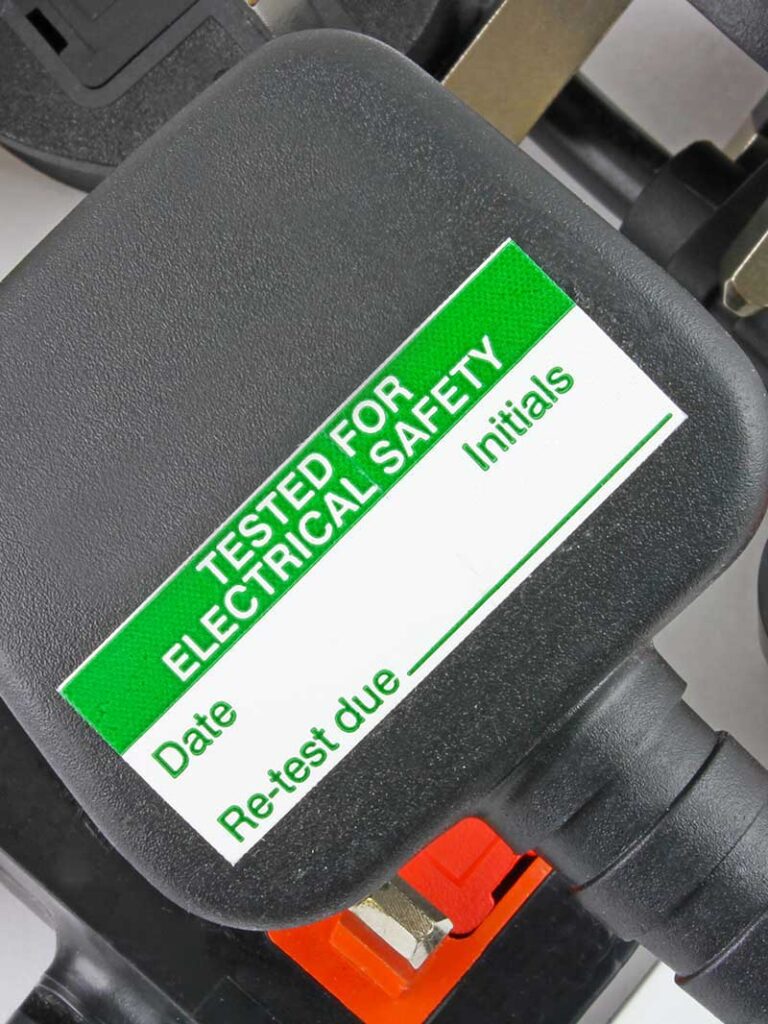
TM Hughes & son electrical services ltd offers EICR landlord electrical inspection certificates for the landlords of Chelmsford and the surrounding areas for both domestic and commercial business premises.
(We can also arrange Gas Certificates CP12 if you require both)
Call – 01245 830560
Landlords
As a landlord, you must (by law) ensure your property is safe for tenants. This includes the electrical system and the electrical appliances.
At the start of every tenancy and every five years, an Electrical Installation Condition Report (EICR) is required.
The testing ensures your electrical system and all electrical appliances in your property are safe for your tenants.
Any faults in the electrical system or appliances are identified, and recommendations are made on flaws to be rectified so they are safe to use.
Once any faults have been corrected and everything’s safe, EICR certificates are issued.
These certificates ensure your landlord’s insurance is validated and covers your back in case of an electrical accident or fire.
- A qualified Electrician must always carry out electrical inspections and testing.
- If you’re a landlord, ensure you have an EICR at the start of every tenancy and every five years
- If you’re a tenant, make sure your landlord has carried out an EICR and does so every five years
Homeowners & House Buyers
Electrical inspections are useful for homeowners to determine whether their electrical system is safe. An inspection every ten years is recommended.
EICR certificates are also useful for house sales so you can prove to any prospective buyers your Electrical system’s in order, is safe and won’t need replacing anytime soon. Additional expenses, such as electrical work, will put some buyers off. When buying a property, ask for an EICR inspection to be carried out beforehand.
Types Of Electrical Inspection
Electrical Installation Condition Report (EICR)
Tests are carried out during the EICR to establish if your electrical system has been damaged, developed any faults, or suffered from deterioration. A visual inspection can sometimes determine this, but an EICR is more detailed and involves the actual testing of circuits, more accurate than a visual inspection.
The electricity supply is switched off, and every circuit is tested, which includes
- Consumer unit
- RCD Fuses
- Internal wiring
- Light fittings
- Plugs
- Earthing And Bonding
The inspection will determine if your electrical system is safe in its current condition and adheres to the British Standard for electrical safety (BS 7671). An inspection also enables an electrician to offer recommendations, if necessary, that’ll make your property safer.
EICR inspections can take up to 4 hours. The length of time will depend on the size of your property and the number of circuits that need testing.
Once completed, the electrician will write you a certificate outlining the condition of your electrical system codes are used for clarification.
- Code C1 – The system is dangerous and needs immediate attention; those using the system are at risk
- Code C2 – There’s a deficiency the system isn’t dangerous for now but could become hazardous if a fault were to occur in the electrical system or connected appliance
- Code C3 – There’s a deficiency, but it’s not considered to be dangerous. Work’s recommended to enhance the safety of the installation but is not essential, and you’re under no obligation to have the work carried out
If your electrical system generates any Codes 1-3, we can give you a free, no-obligation quote to correct any faults. Some faults we may be able to fix there, and then others will require the acquisition of parts and a revisit.
Visual Testing & Inspection (VIR)
Visual Testing & Inspections (VIR) are quicker than an EICR taking up to an hour to complete (the time will depend on the size of your property), and allows an overall picture of the condition of your electrical system to be built.
The electrical system’s checked visually. No circuits are tested
Our electricians will check
- Consumer Unit (main fuse board) Sockets
- Plugs
- Light fittings
- Light switches
- Electrical cables or leads
- Earthing and bonding
- Extension leads
- Kitchen
- Bathroom
- Signs of wear and tear
- Visible signs of burning
A report’s issued at the end with recommendations.

Hi, I’m Terry, the founder and owner of TM Hughes & Son Electrical Services
Please get in touch to book an appointment or receive a free, no-obligation quote
Call: 01245 830560
TM Hughes & Son Electrical Services Limited
Saxon House
27 Duke Street
Chelmsford
Essex
CM1 1HT



